
The Third Way

You see, I’d been living in a paradigm that allowed only two options; tolerate what was intolerable, or resist, fight it with everything you’ve got.
And what I hadn’t known was that there was a third way.
There was the potential to step out of that paradigm altogether, but it would require a radical acceptance of what was.
And I’m not going to lie: I struggled with this.
I wanted things to be different so bad. I felt they should be different – that things as they were just weren’t right.
But, with great compassion, she pointed out to me that I could go on wishing, hoping, insisting that life – and other people – should be different, staying stuck in the stalemate of arguing with reality.
Or I could surrender my fight with what is, and see what emerged from total acceptance.
Now I wish I could say that things changed overnight, but – like all meaningful work – acceptance is a practice.
And with acceptance also came grief and a certain, intangible kind of loss.
But I came to understand that acceptance didn’t mean there was no potential for change, or that I wouldn’t still desire or enjoy a change.
Rather it meant that my wellbeing and sanity were not dependent on things changing.
That some things were what they were no matter how loud I insisted they shouldn’t be.
And through acceptance – through the third way that wasn’t tolerating the intolerable or fighting what was – that I could allow real change to occur.
Because from acceptance comes agency, power and creativity.
From acceptance comes freedom.
To choose who and how we want to be.
To choose how we want to respond and engage.
To live our values and to act with intention, care and precision.
It’s through acceptance – not resignation, not tolerance, not resistance – that we create the conditions for life’s myriad possibilities to unfold.
It’s in the third way that we can stop fighting paradigms, and transcend them.
So if you’re in need of a little acceptance today, here are my prompts for you:
1. Where might I confuse acceptance with tolerance or resignation, and how might they be different?
2. What do I feel if I sit with this moment, right now, surrendering the need to fix or change? What space opens up?
3. What might be different if my actions were rooted in acceptance?
Laura x

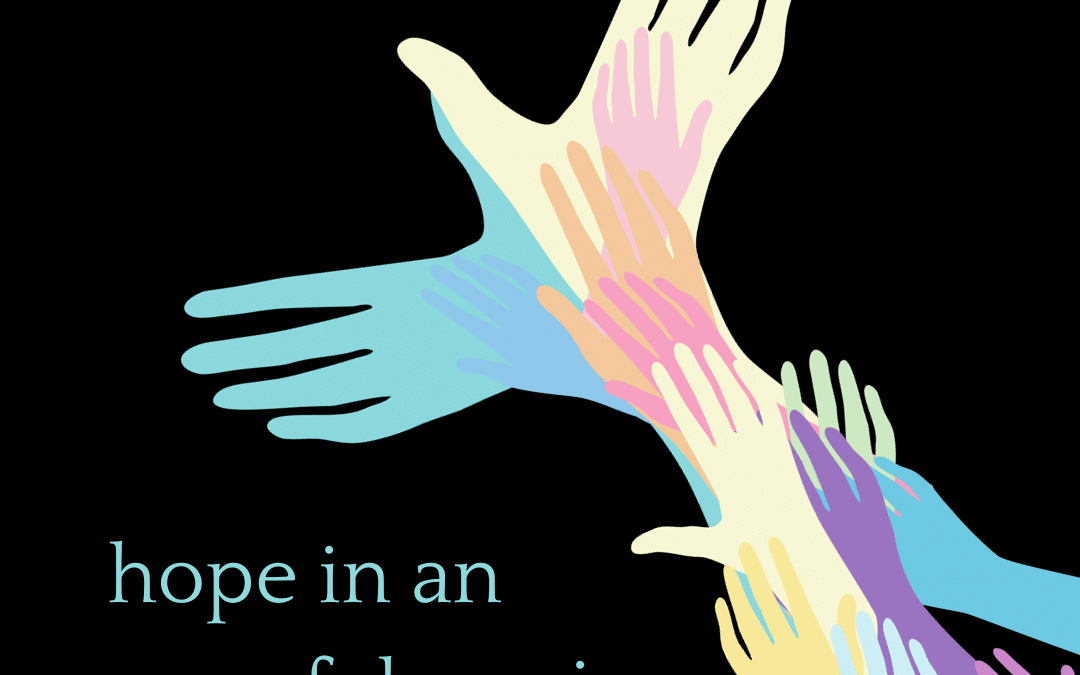
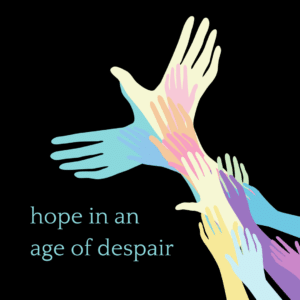 Hope is a practice.
Hope is a practice.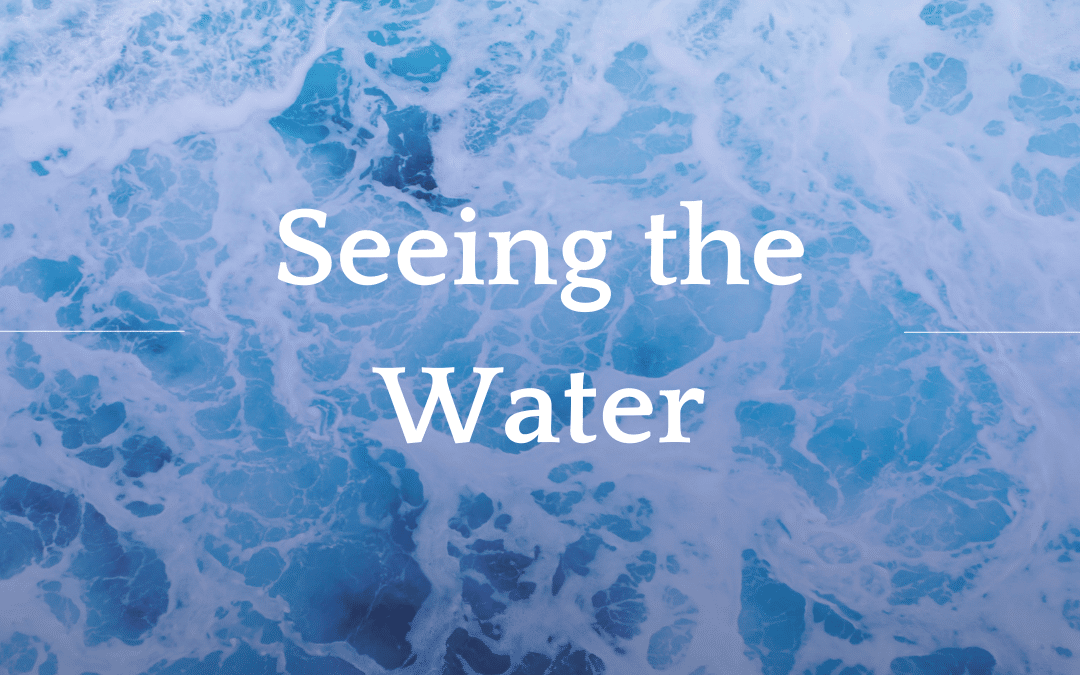
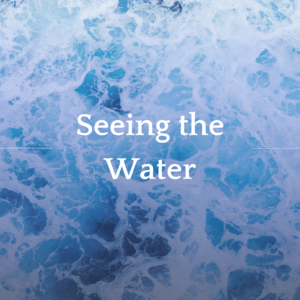 Have you heard this
Have you heard this 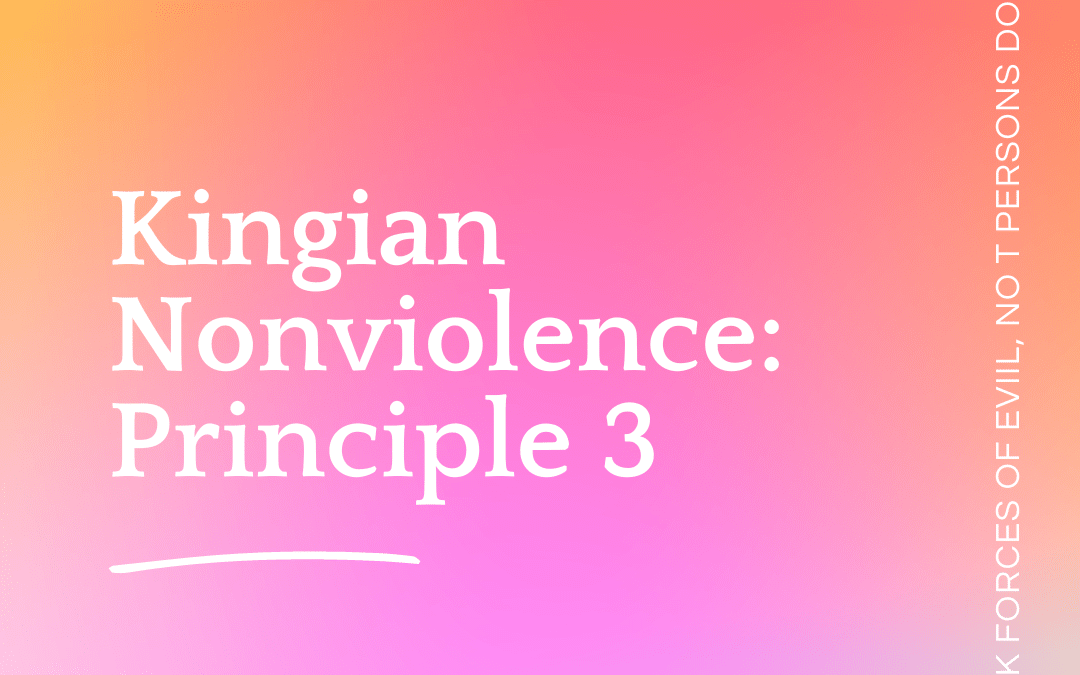
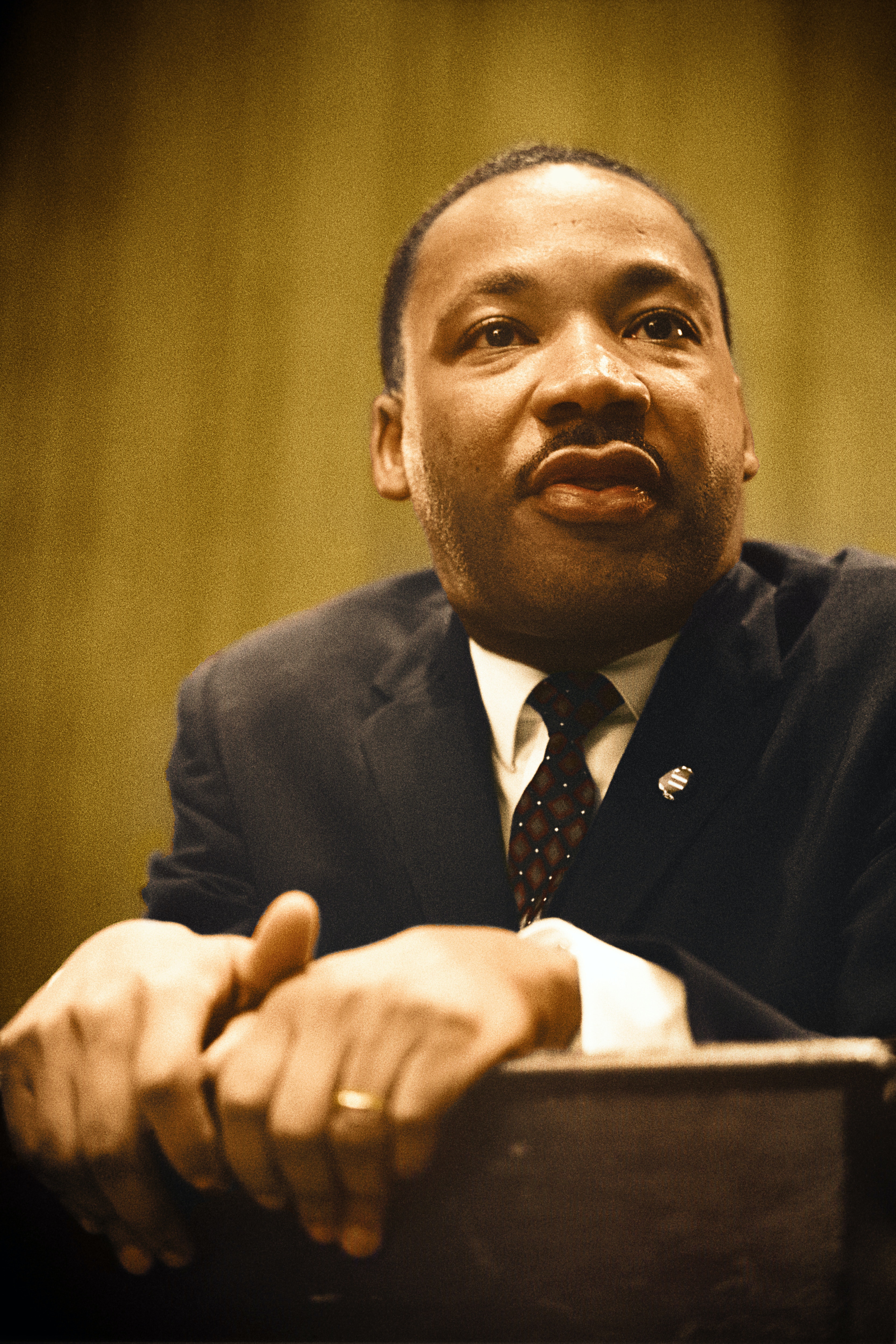
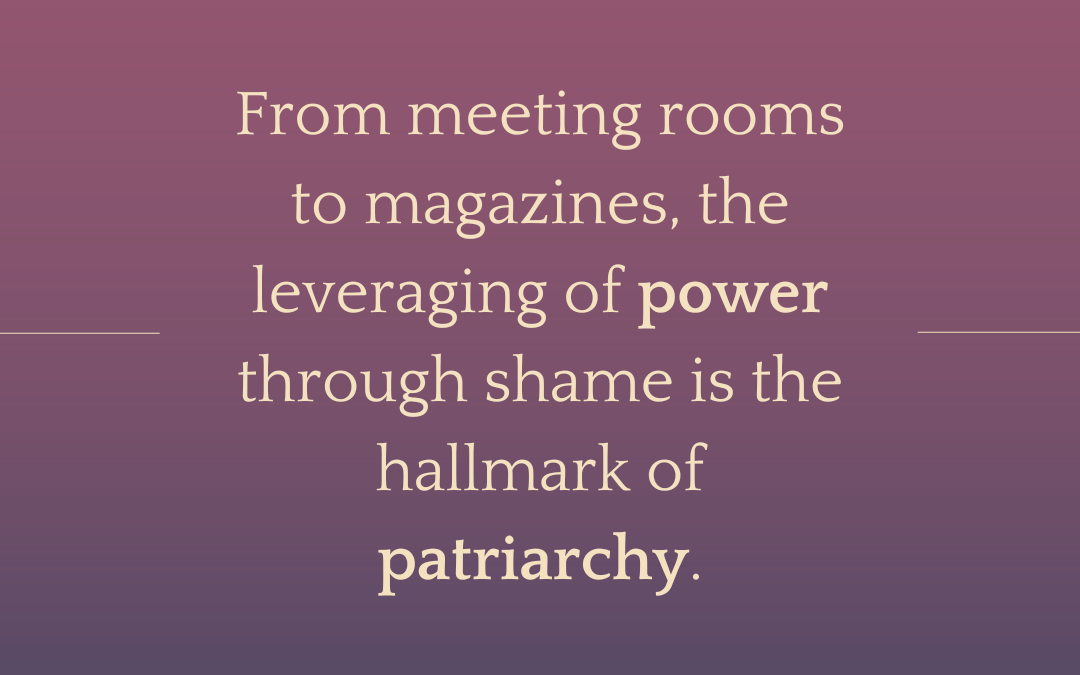
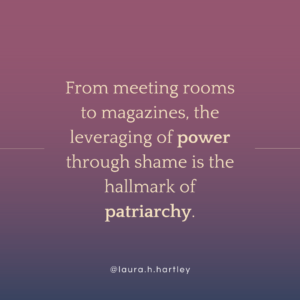 One of the most valuable skills we can cultivate as changemakers is the ability to read a room for power.
One of the most valuable skills we can cultivate as changemakers is the ability to read a room for power. 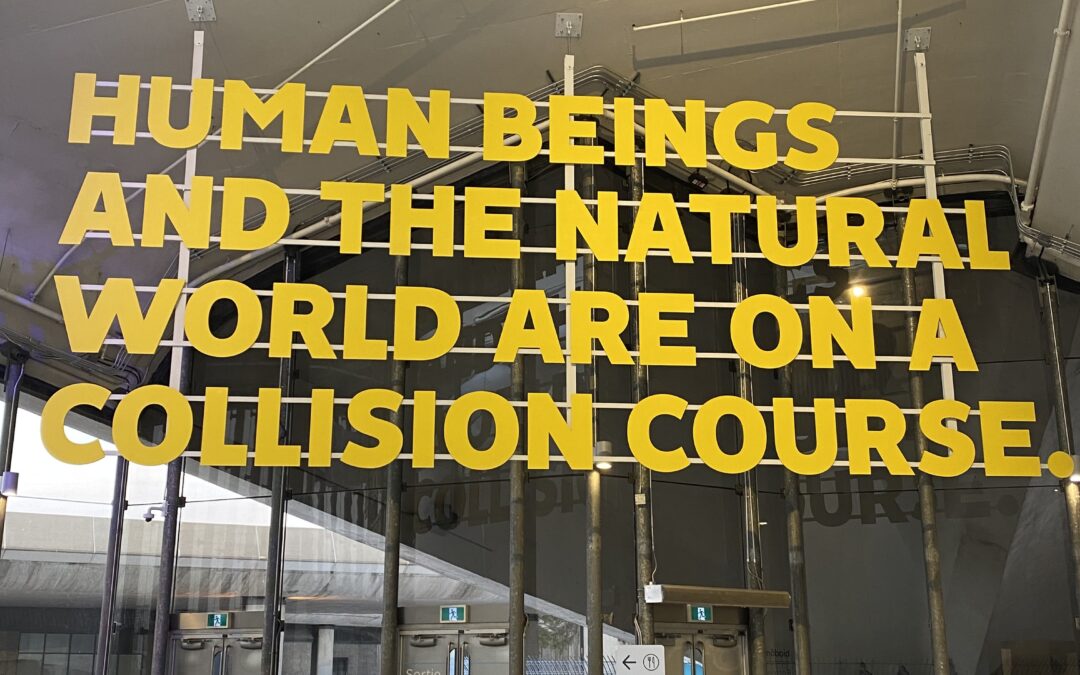
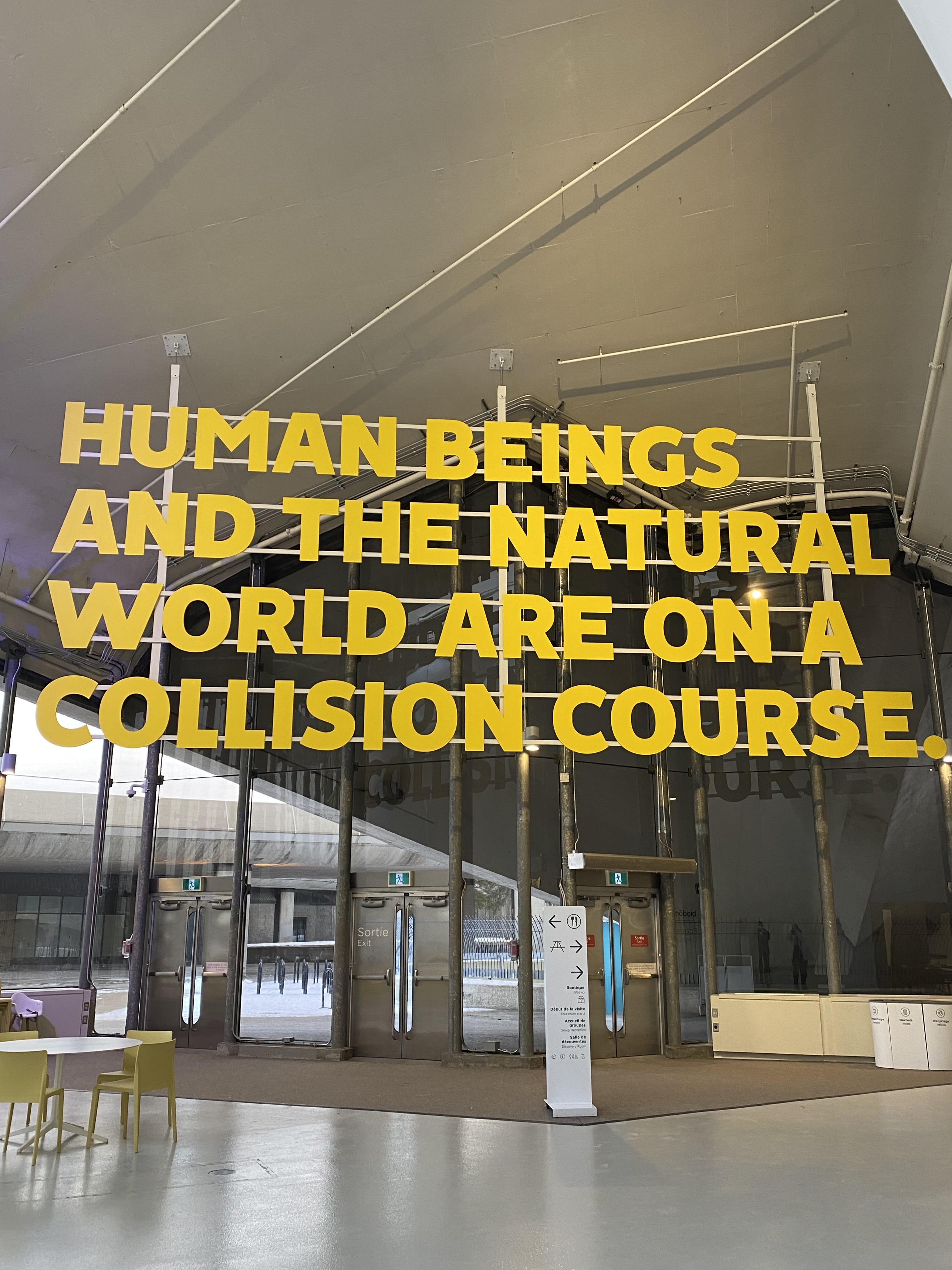 I saw this sign in Montreal recently, & want to talk about why rhetoric like this is so problematic.
I saw this sign in Montreal recently, & want to talk about why rhetoric like this is so problematic.